LED strips are a multifaceted innovation. These strips are often used for decoration or in viral videos, but they also help plants grow. In this era, sustainability is important, not just a trend. Let’s consider practical and unusual solutions. LED strip lights are a great way to help plants grow. They are eco-friendly, efficient, and highly effective.
In this article, we will explain how this technology provides light for your plants. We will also discuss why you should consider using this option for your indoor garden.
Why Do Plants Need Sunlight?
Sunlight is the lifeblood of plants. Plants turn sunlight into energy using photosynthesis. This process is catalyzed by something. This energy keeps them alive and is the basic building block for all food webs on Earth. So, what happens when sunlight is scarce or unavailable? Plants suffer. They become leggy, pale, and weak, leading to lower yields and, in extreme cases, death. To have a successful indoor garden, you need a light source that can replace sunlight.
The Growing Trend of Indoor Gardening
The concept of indoor gardening has been gaining traction for various reasons. Urban living often has space limitations, making traditional gardening impractical for many. People are growing their own food to be self-sufficient and live organically. However, indoor gardening is relatively easy. The primary obstacle? Mimicking the natural light that plants so desperately need for photosynthesis. LED strip lights have made it possible for indoor gardeners to grow plants all year round.
Was sind LED-Leuchtbänder?
LED strip lights are made by putting LED lights on a flexible circuit board strip. The strips are versatile. They can be cut to fit individual needs during installation. They also have a sticky back, so you can easily stick them on different things. But their spectral capabilities set LED strips apart from other light sources. LED lights can emit different colors, making them perfect for indoor gardening. They are energy-efficient too.
Different Types of LED Strips for Plant Growth
RGB vs. Full-Spectrum LED Strips
RGB LED strips are usually not used to assist plant growth, despite their vibrant red, green, and blue colors. Although they look nice, they don’t give plants all the light they need to grow well. On the other hand, full-spectrum LED strips are engineered to produce a balanced range of light wavelengths. Plants thrive when they get sunlight-like wavelengths. This helps their roots, flowers, and fruits.
Single Color vs. Multi-Color
Single-color LED strips are a great choice if you want to focus on a specific growth phase of your plants. Blue light helps plants grow, while red light makes them flower and bear fruit. Multi-color strips provide a complete solution. They emit different wavelengths for all growth stages. You can set these lights to match what your plants need, so they work well for indoor gardens.
Traditional Light Sources vs. LED Strips
Efficiency of LED Light Strips
LED strips use less energy than fluorescent or incandescent bulbs, making them more efficient. They utilize a fraction of the electricity while producing a light spectrum more finely tuned to plant needs. By reducing your energy bill and minimizing your carbon footprint, you can align with eco-conscious gardening practices.
Pros and Cons
While LED strips offer significant advantages, they have drawbacks. LED lights offer many reasons to choose them: they save energy, last long, and can be customized. LED bulbs usually last longer than traditional bulbs, often by several years. The starting cost might be high, but picking the right light can aid plant growth. If you don’t know much about plant lights, you might buy ones that aren’t good. Therefore, research is critical before switching to LED strips for plant growth.
Can You Use LED Strip Lights to Grow Plants?
The Science Behind It
LED strips can be a great help to your plants. It’s important to understand the science behind this. LED strips release certain light colors that help plants grow, unlike sunlight which has many colors. The result? You can optimize photosynthesis in a controlled environment to help your plants grow better.
Required Color Spectrum
Regarding plant growth, not all colors in the spectrum are created equal. Plants need blue light for growth. It helps roots and leaves grow strong. However, red light is important for making flowers and fruits grow. Advanced LED strips can adjust the light for your plants at different stages of life.
Setting Up Your LED Strip System
Setting up your LED strip system is more than just a plug-and-play task. First, assess the area where you intend to establish your indoor garden. This will guide the length and number of LED strips you need. Choose strips that align with your plants’ growth stage and needs. Installation is usually straightforward—most strips have adhesive backing or mounting brackets. Position them in a manner that distributes light evenly across your plants. Finally, plug the setup into a power source and run tests to ensure the system functions as expected.
Factors to Consider When Using LED Strips
Distance from Plants
The positioning of LED strips can make or break your indoor garden. If you put them too close, your plants might get burned by the light. But if you set them too far, the light won’t work well. To find the best height for your plants, start with the light far away and slowly lower it.
Light Exposure Time
Determining the optimal light exposure time is challenging but essential for plant growth. 14-18 hours of light exposure is generally recommended for vegetative growth stages. However, during the flowering stage, 10-12 hours should suffice. LED systems have timers that control the lighting schedule automatically, so you don’t have to adjust them yourself.
Benefits of LED Strip Lights for Growing Plants
Energy Savings
LED strips are great for indoor gardens because they use less energy. LEDs are very efficient. They save more energy than traditional bulbs like incandescent or fluorescent ones. Saving energy can lower your monthly electricity bill and help the environment.
Space Flexibility
The design advantages of LED strips are to be considered. Their thin, flexible nature makes them ideal for tight or unconventional spaces. You can use LED strips to grow herbs on a windowsill or create a succulent wall. LED strips are easy to install and maximize the potential of any growing area.
Longevity and Safety
Opting for LED strips isn’t just a smart choice for now; it’s an investment for the future. These lights last for many years, much longer than traditional ones. They are well-known for this. Also, operating at lower temperatures greatly reduces the risk of accidents or fires.
Low Heat Output
Heat can be a nemesis for plants. Old-fashioned light bulbs can get so hot that they can harm or even scorch your plants. LED strips, in contrast, maintain a low heat output. You can put them closer to the plant canopy to absorb more light without getting damaged by heat.
Real-Life Examples and Case Studies
Case Study 1: Jane, a Home Gardener
A passionate home gardener, Jane switched from conventional lighting to full-spectrum LED strips. The result? Her plant yields a staggering 20% increase within a single growth cycle. Jane’s story demonstrates how LED lighting can revolutionize indoor gardening, not just in one case.
Case Study 2: Academic Insight
LED lights are better than fluorescent lights for plants, according to a study by Colorado State University in 2019. The study showed that LEDs are better at producing light and using energy than other lights. Many indoor gardeners already knew this.
FAQs
Can I Use Standard LED Strips for Growing Plants?
No, your average LED strip won’t suffice for optimal plant growth. You’ll want to go for LED strips that are either full-spectrum or dominant in blue and red wavelengths. These specific types of light imitate the sun and are made for plants at different growth stages. Full-spectrum LED strips are very versatile. They simulate natural sunlight and provide plants with balanced light.
What’s the Ideal Light Exposure Duration with LED Strips?
Aim to have the LED strips on for about 14-18 hours daily for the vegetative stage. Once your plants reach the flowering stage, you can reduce this to 10-12 hours. To avoid stressing your plants, it’s important to imitate natural day-night cycles. You can use programmable timers to automate this.
What LED Color Spectrum Should I Use for Seedlings and Clones?
For seedlings and clones, a blue-dominant light spectrum is often recommended. Blue light helps plants grow better by strengthening their roots and leaves, making them healthier.
Ist es möglich, normale LED-Lampen für das Pflanzenwachstum zu verwenden?
Normale LED-Lampen können verwendet werden, aber LED-Streifen für das Pflanzenwachstum sind effektiver. Normale LEDs haben nicht die richtigen Wellenlängen für die verschiedenen Wachstumsstadien. Selbst wenn sie verwendet werden, führen diese LED-Streifen wahrscheinlich zu schlechteren Ergebnissen als Vollspektrum- oder rot/blau-dominante LEDs.
Wie wähle ich die besten LED-Streifen für das Pflanzenwachstum aus?
Denken Sie bei der Auswahl der LED-Leisten an Ihre Pflanzen, ihr Wachstumsstadium und Ihren Platz. Achten Sie bei der Auswahl von Lichtleisten auf eine gute Mischung aus blauem und rotem Licht. Eine weitere Option sind Vollspektrumleuchten, die sehr effizient sind. Weitere wichtige Merkmale sind eine einstellbare Lichtintensität und programmierbare Zeitpläne.
Können LED-Streifen meinen Pflanzen schaden?
Obwohl LED-Leisten im Allgemeinen sicher sind, kann eine unsachgemäße Verwendung zu Lichtstress führen. Um Ihre Pflanzen zu schützen, sollten Sie auf übermäßiges Licht oder falsche Spektren achten. Achten Sie auf Anzeichen wie Verwelken oder Verfärbung und passen Sie die Einstellungen bei Bedarf an.
Was hat es mit der LED-Effizienz auf sich?
LED-Streifen sind energieeffizient und liefern eine hohe Lichtmenge, ohne viel Strom zu verbrauchen. Indoor-Gärten sind eine günstige und umweltfreundliche Investition, die Geld und Energie spart.
Kann ich LED-Streifen in einem Hydrokulturaufbau verwenden?
LED-Streifen eignen sich hervorragend für hydroponische Systeme. LED-Leuchten produzieren nicht viel Wärme und können für verschiedene Beleuchtungsanforderungen geändert werden. Diese Lichter funktionieren gut für diese Systeme, weil sie genug Licht liefern, ohne das Wasser oder die Wurzeln zu überhitzen.
Welchen Abstand sollten LED-Streifen von meinen Pflanzen haben?
Wenn Sie zu nah dran sind, riskieren Sie, dass Ihre Pflanzen verbrennen. Zu weit weg, und das Licht ist möglicherweise nicht effektiv. Der ideale Abstand hängt von der Pflanzenart und dem Wachstumsstadium ab. Als allgemeine Regel gilt jedoch, dass man mit einem Abstand von etwa 15 cm beginnen und diesen bei Bedarf anpassen sollte.
Sind LED-Streifen eine langfristige Investition?
LED-Leisten haben in der Regel eine lange Lebensdauer, oft mehr als 50.000 Stunden, bevor sie ersetzt werden müssen. LED-Streifen sind eine gute Wahl für Gärtner in Innenräumen. Sie sparen Energie und fördern das Pflanzenwachstum.
Tipps für die Aufzucht von Pflanzen mit LED-Streifen
LED-Streifen in der Hydroponik
Im hydroponischen Gartenbau sind LED-Lichtbänder wie geschaffen für den Himmel. Geschlossene Systeme haben in der Regel eine schlechte Luftzirkulation. Es ist besser, Geräte zu verwenden, die weniger Wärme erzeugen. Außerdem sorgt ihre hohe Effizienz dafür, dass die Pflanzen ausreichend Licht erhalten, ohne Strom zu verschwenden. Die Verwendung von LED-Leuchtbändern in Ihrem Hydrokultur-System kann einen großen Unterschied im Wachstum Ihrer Pflanzen bewirken.
Die richtigen Anpassungen für optimales Wachstum
LED-Lichtbänder sind keine Lösung, die man einfach einrichten und vergessen kann. Es ist wichtig, dass Sie Ihre Pflanzen auf Anzeichen von Lichtstress, wie Welken oder Farbveränderungen, beobachten. Wenn Sie Anzeichen von Stress feststellen, können moderne LED-Systeme die Helligkeit oder Farbe des Lichts anpassen. LEDs können ihre Beleuchtung anpassen, was für Innengärten, die sich im Laufe der Zeit verändern, sehr nützlich ist.
Kosten der LED-Streifen für die Aufzucht von Pflanzen
Die Kosten für ein gutes LED-Streifensystem mögen auf den ersten Blick hoch erscheinen, aber Sie sollten nicht voreilig urteilen. Langfristig gesehen sind LEDs oft die wirtschaftlichere Wahl. Menschen, die gerne in Innenräumen gärtnern, können Geld sparen, indem sie langlebige und kostengünstige Optionen wählen.
Fazit
LED-Leisten sehen nicht nur gut aus, sie sind auch für den Anbau von Zimmerpflanzen von entscheidender Bedeutung. Die Vorteile sind zahlreich, von der Energieeffizienz bis zur Anpassungsfähigkeit an unterschiedliche Anbaubedingungen. Während die Anfangskosten entmutigend sein können, sind die langfristigen Vorteile unbestreitbar.
Sind Sie also bereit, Ihren Innengarten in neue Höhen der Produktivität und Schönheit zu führen? Zögern Sie nicht, eine üppige, blühende Oase im Haus könnte nur einen LED-Streifen entfernt sein.
Dies ist Ihr kompletter Leitfaden zur Verwendung von LED-Lichtbändern für ein optimales Pflanzenwachstum. Es gibt keinen besseren Zeitpunkt als jetzt, um Ihre Reise in den Innengarten mit der Kraft der LEDs anzutreten.
LED-Lichtbänder sind nicht nur ein Trend im Indoor-Gartenbau, sie sind ein revolutionäres Werkzeug. Wenn Sie erstklassige Qualität benötigen LED-Leuchtbänder und LED-Neon-Flex, siehe Unitop. Sie sind einer der besten Hersteller Chinas. Wenn Sie noch Fragen haben oder spezielle Wünsche, zögern Sie nicht, uns zu kontaktieren Erreichen Sie uns. Wenn Sie Unitop-Leuchten kaufen, erhalten Sie nicht nur Leuchten. Sie investieren auch in Wachstum, Qualität und Erfahrung, die niemand übertreffen kann.

Tom ist jetzt der Verkaufsleiter von Unitop (China) Co., Limited. Er war in der LED-Beleuchtung Industrie seit 2005. Er ist Experte für Vertrieb und Marketing sowie für Fabrikmanagement. Er mag Bodybuilding und ist außerdem ein verrückter Apple-Fan! Er ist ein fleißiger Kerl und liebt es, neue Dinge zu lernen und auszuprobieren.
E-Mail: tom@unitopledstrip.com WhatsApp: +86-18680307140

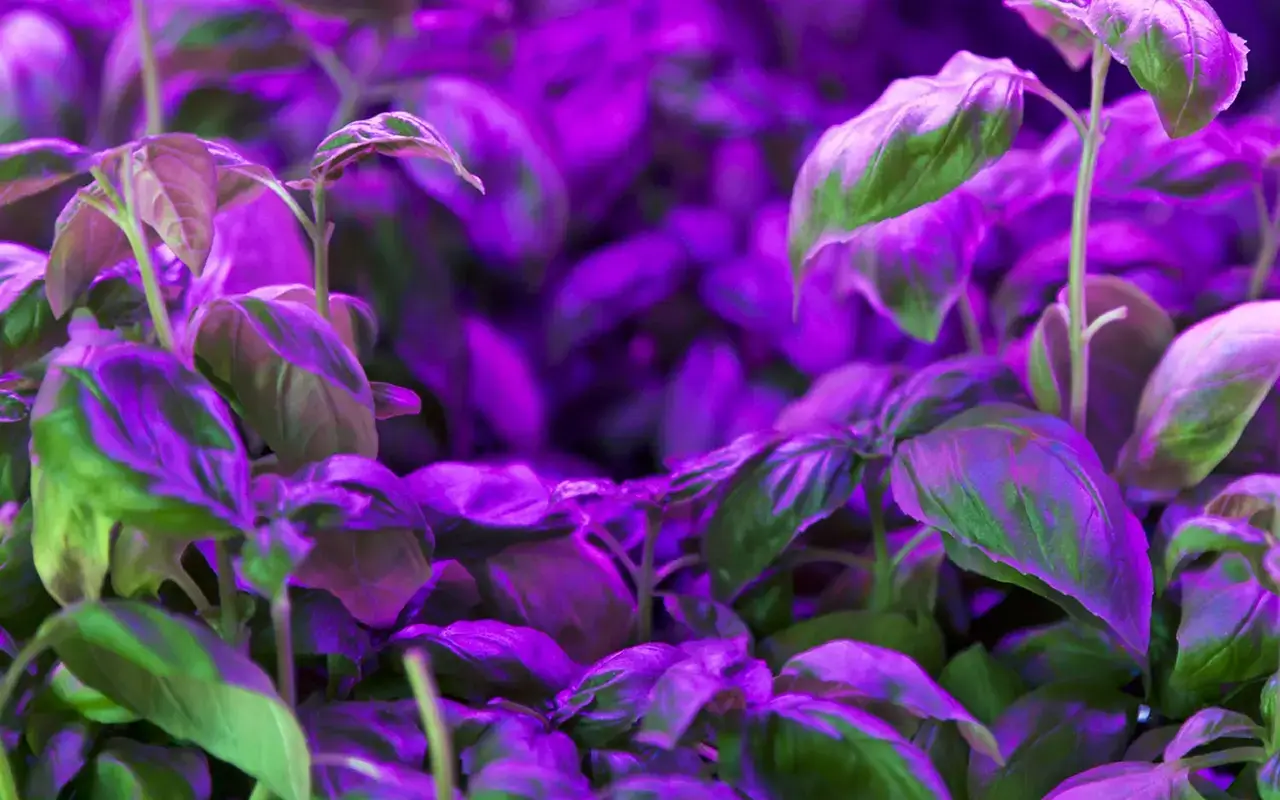
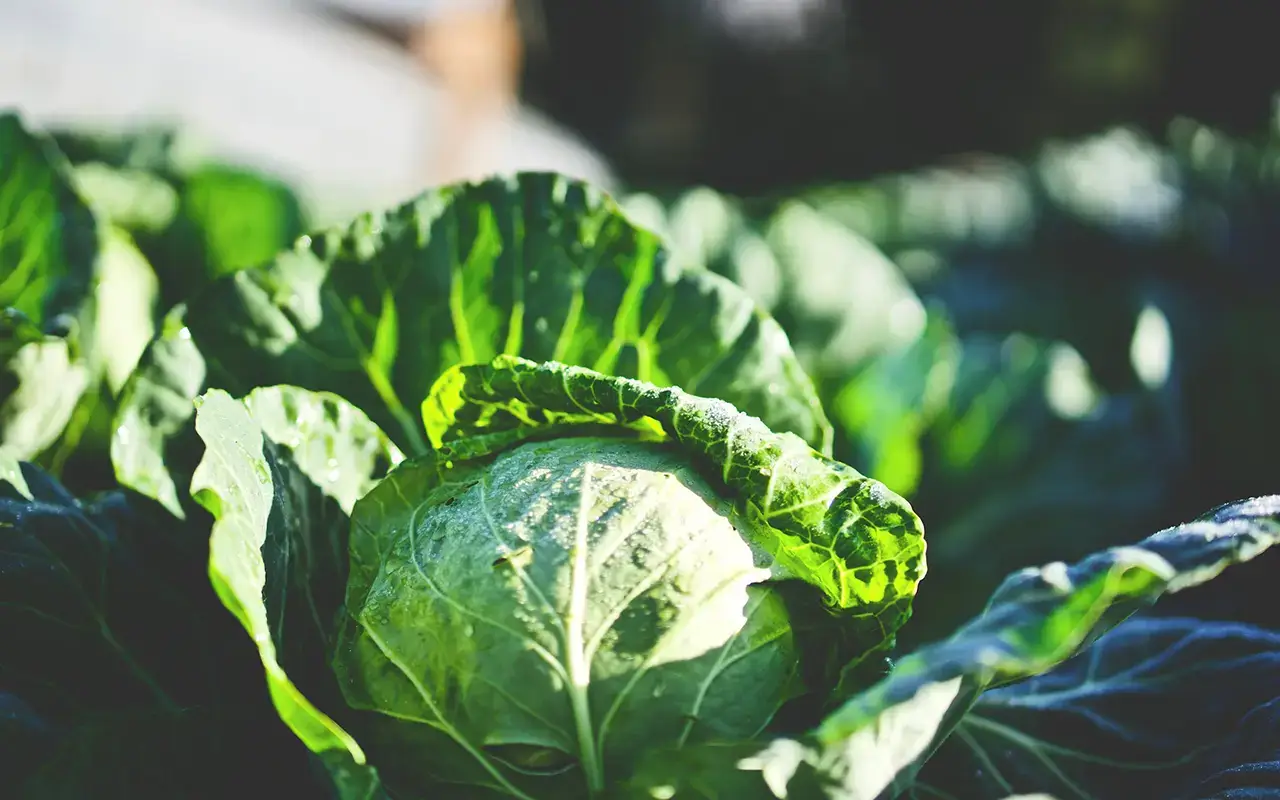

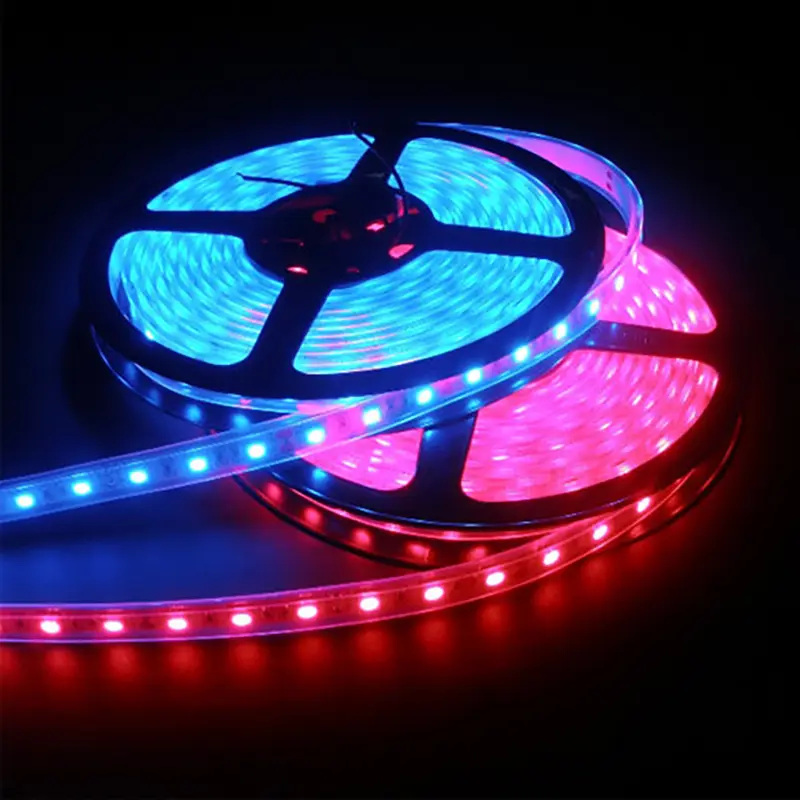

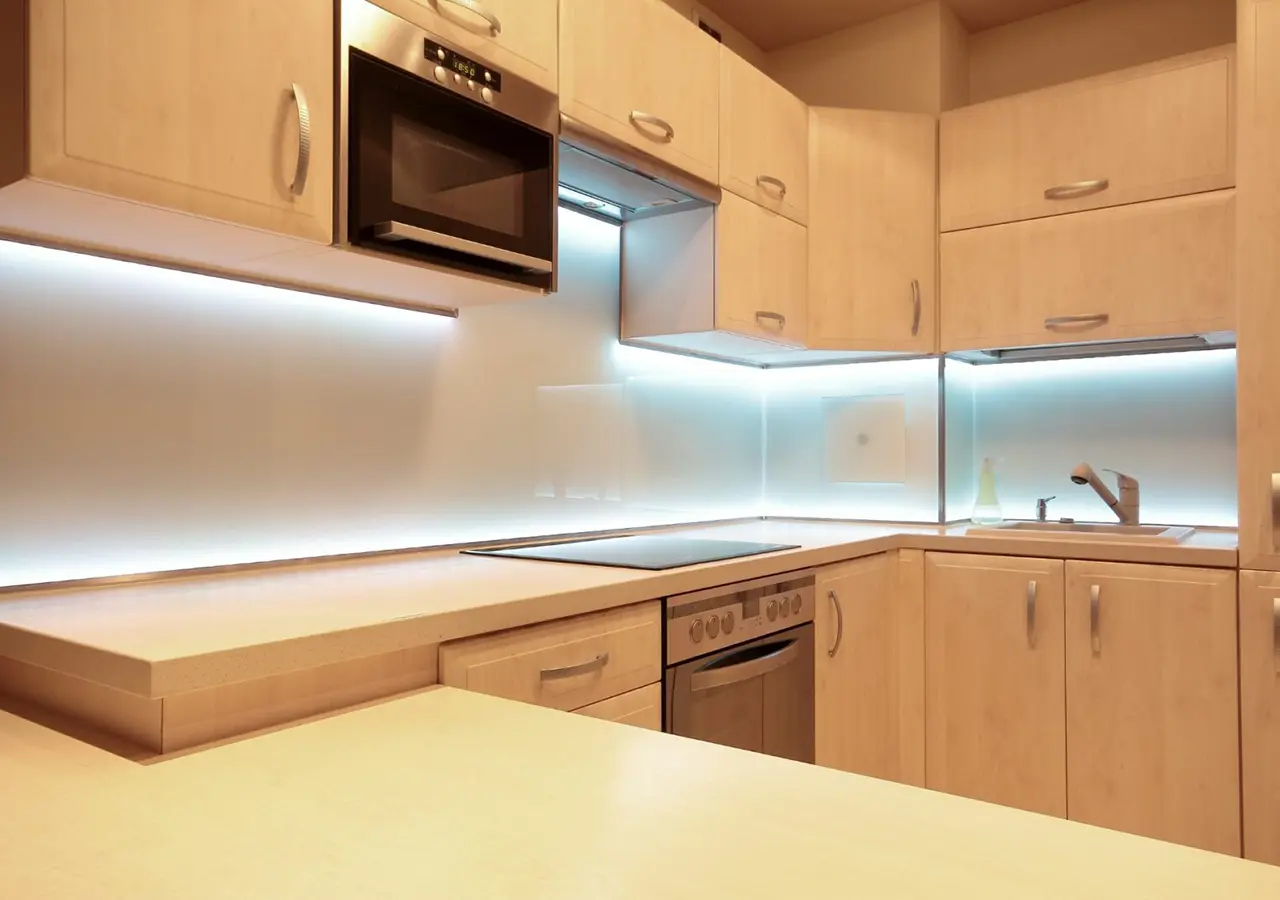
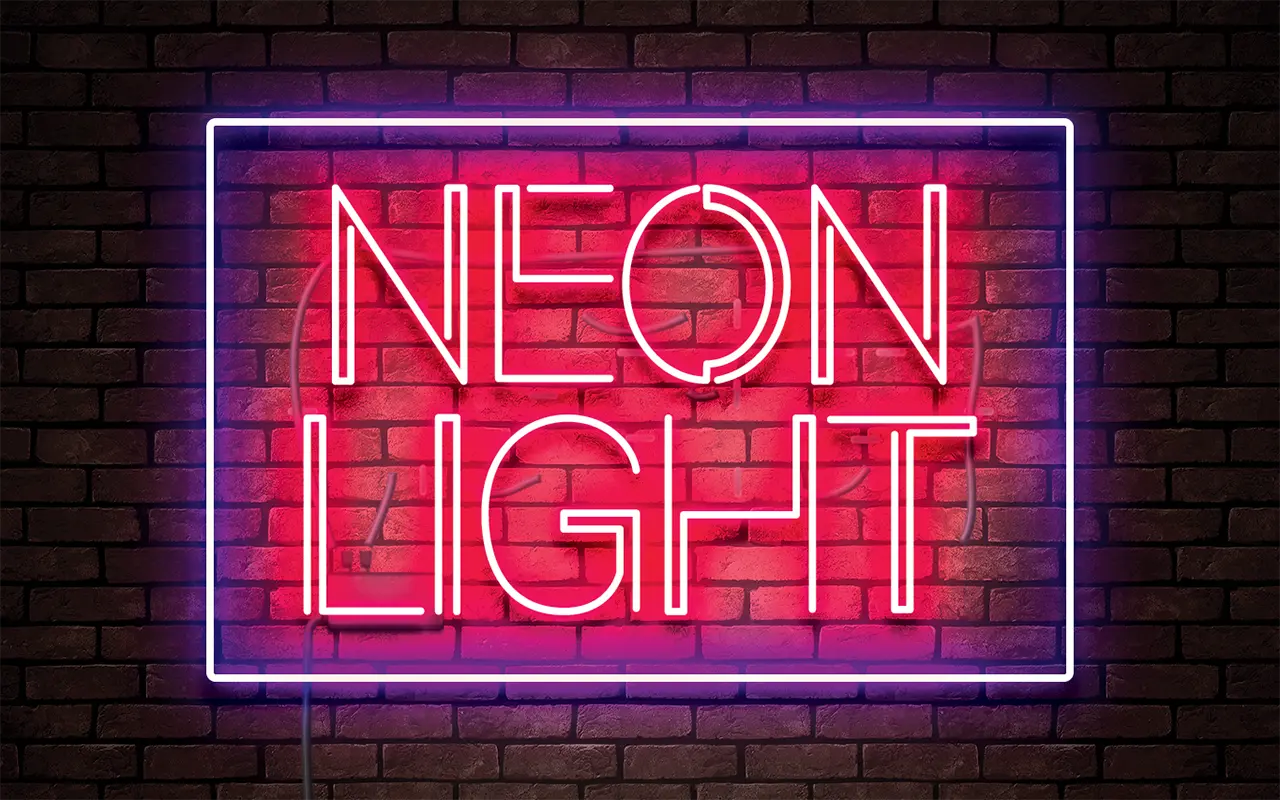
Hinterlasse einen Kommentar
An der Diskussion beteiligen?Hinterlasse uns deinen Kommentar!